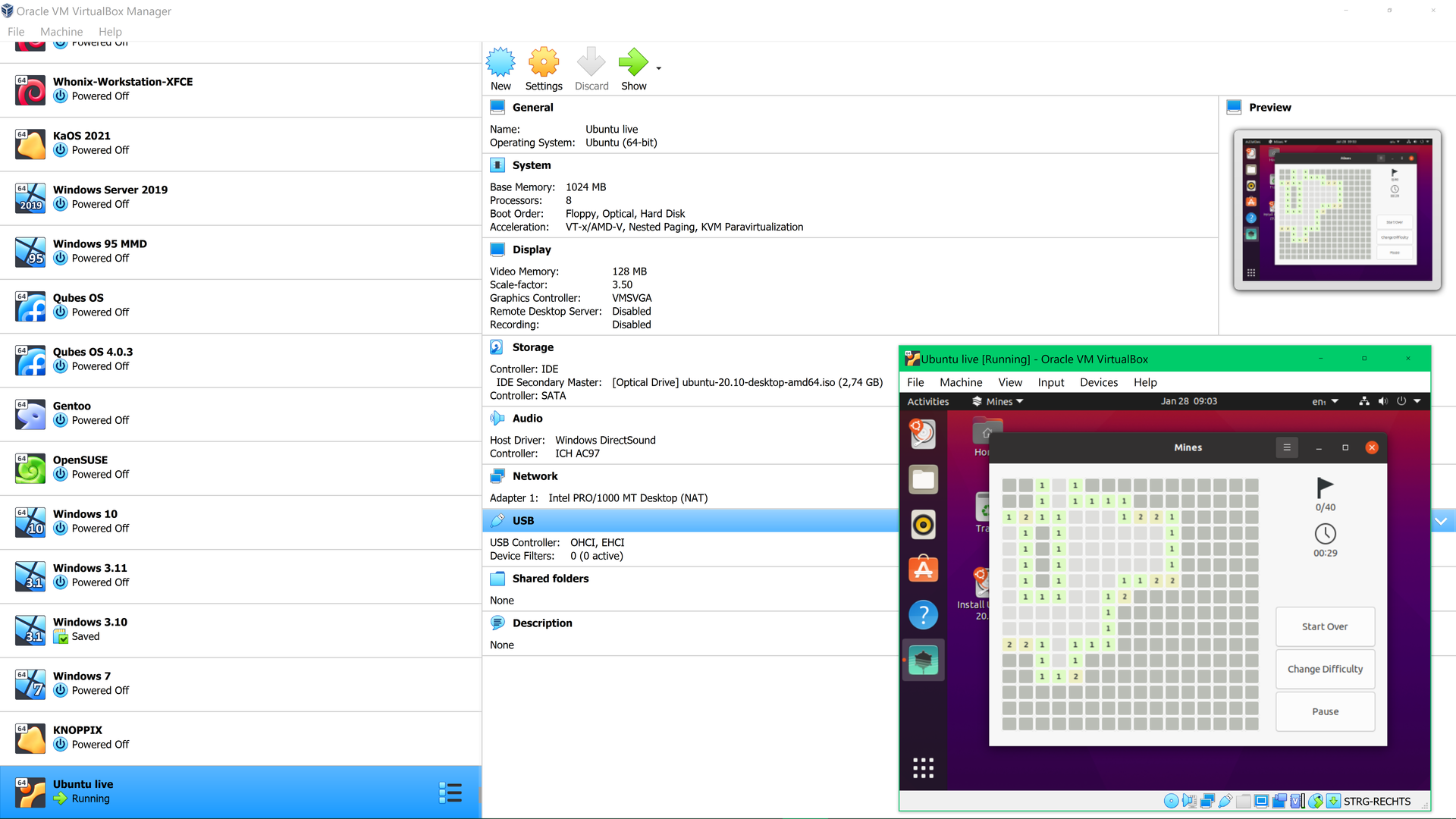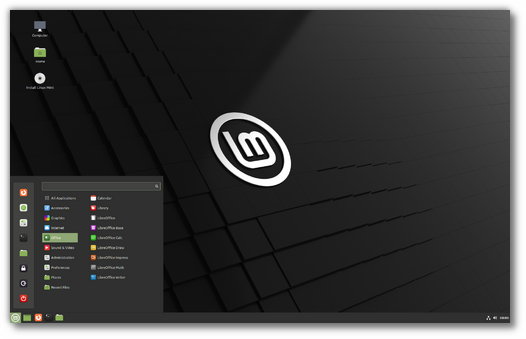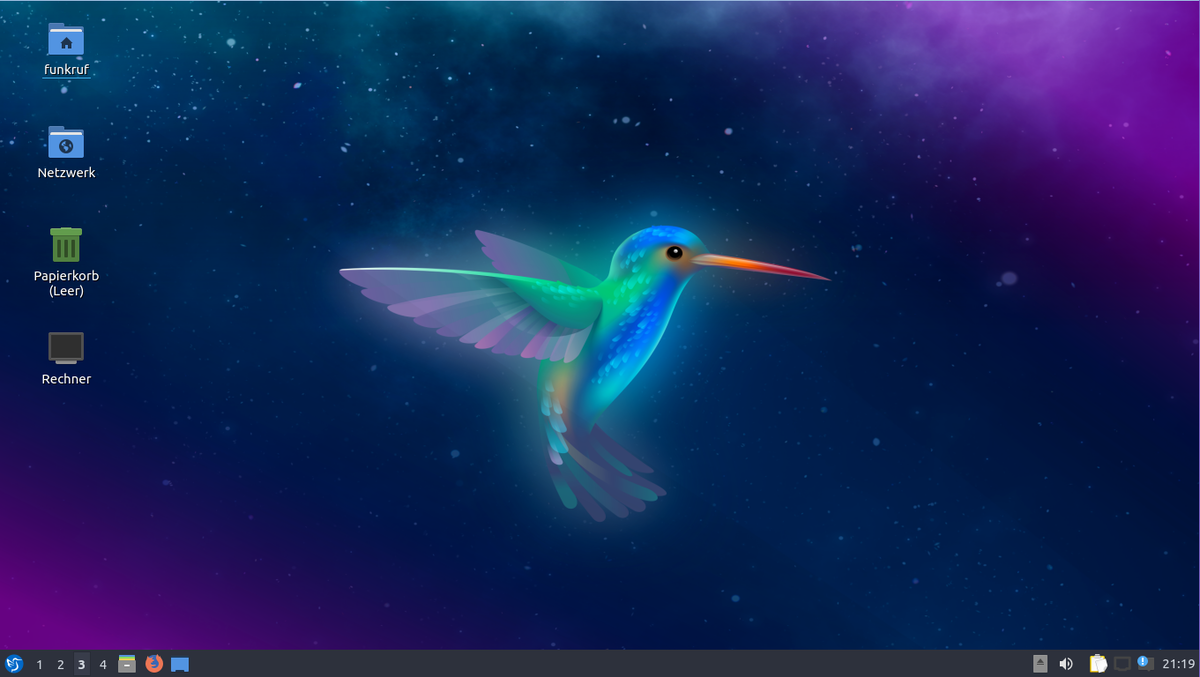Top 5 Linux Distributions to use as Your Virtual Machine
Linux Distributions that you'll love to use in your Virtual Box
PermalinkTop 5 Linux Distributions to use as Your Virtual Machine
Do you ever wish to install Linux and become a Pro Developer and flaunt your skills among your friends, but at the same time, you cannot install Linux as your primary OS due to some already familiar software like Adobe Premier Pro, Adobe After Effects, and Office?
Well, then my friend I can tell you that there is an option about using Linux and still not missing out on your Software of Adobe. The option is to Use Linux on Virtual Machine.
Using Linux in Virtual Machine gives you the power to use Linux inside your Windows though, some might not like this Idea still It can save you a lot of trouble. For them, there is an alternative too and that is to use Linux as a Live Boot, that's a topic for another article.
Heading back to the topic, To use Linux as a Virtual Machine you might need Virtual Machine Software. There are two most famous software to emulate as a Physical Computer:-


We'll recommend VirtualBox as it's completely free, unlike VMware which has a paid version too.
You could also use macOS, Windows, Linux, and even BSD side by side depending on your Processor and RAM. With a Virtual Machine, any Operating System can be installed on top of any Operating System.
Once you're ready to install Linux with your OS emulator / Virtual Box or VMware, it's time to choose what is the Linux Distro to use.
PermalinkUbuntu
You might have already been thinking about this one. Ubuntu is the most stable, easy-to-use, and beginner-friendly Linux DIstro that you'll see right now after Linux Mint. Ubuntu is based on Debian architecture and is available on more than just Desktops, but also it's used on Server Systems, Mobile Devices, and Television Devices too. Ubuntu is a bit heavy when it comes to System resources but when it comes to using it as a Primary Distribution ( Operating System ), it works the best. Almost all of the Linux Distros are based on Ubuntu only, Just to name a few modern but extremely famous Linux Distro based on Ubuntu are:-

Ubuntu Server however doesn't need more resources, unlike the Ubuntu Desktop. Ubuntu Server only needs 2 GB of space while the Desktop version requires 25 GB of space ( keep in mind that these space requirements are the bare minimum need to have to run Ubuntu Server or Desktop Edition ).
PermalinkMinimum System Requirements for Ubuntu
- 2GHz of Dual core CPU or better
- 4 GB of Ram or better
- 25 GB Of Space ( 2GB for Ubuntu Server )
PermalinkLinux Mint
Linux Mint which I already spoke of is the best beginner-friendly, easy-to-use, and stable Ubuntu Based Linux Distro for users who are already into Windows Environment. Its interface is almost similar to Windows 10 to be precise. It comes with an amazing library of software that you'll ever need. It also comes wine pre-installed if you ever need to use a Windows Application with Wine. It works flawlessly when used in Virtual Box or even with VMware Workstation, KVM, or other similar tools.
Linux mint was primarily developed to have a Modern looking Linux DIstro back in 2006. However Linux Mint is also having a Debian-based Distro which in case Ubuntu was have to disappear from the mainstream. If you want to use Linux mint in Virtual Machine I'll recommend you to use Linux Mint Xfce rather than Cinnamon as Cinnamon needs a heavy resource just like Ubuntu Desktop.

PermalinkMinimum System Requirements
- 32-bit or 64-bit CPU
- 1 GB of RAM ( 2 GB Recommended )
- 15 GB of Storage ( 20 GB Recommended)
PermalinkLUbunu
We all know that not of all us have a beefy system to allocate to Linux Environment only, for that in case we also have Lightweight Ubuntu named as you guess it right LUbuntu. LUbuntu can act as a great replacement for those Chrome Users. It works flawlessly on a PC as old as Intel Core 2 Duo 2nd Gen PC ( Which personally my parents use at home ). LUbuntu comes with an amazing library of software with its own Software Center where you can download Open Source Apps just like you do on your Android Phones. It comes with Mozilla Firefox and a Media Player, an instant messaging app, and a few other essential software so that you can build your PC right from scratch but still don't miss out on the essential features of an Operating System.
LUbuntu is a light version of Ubuntu but still, it has an even more Light version named LXLE ( LUbuntu Extra Life Extension ), with almost no bloatware or pre-installed apps.

PermalinkMinimum System Requirements
- Pentium 4 CPU or AMD equivalent
- 1GB of RAM
- 8GB of storage
PermalinkElementary OS
Packed with Pantheon Desktop Environment, elementary OS isn't particularly lightweight, So what makes Elementary OS worth Installing it??
Elementary OS comes with a stunning desktop environment, has its apps, is easy to use, and resembles macOS, it's just the perfect alternative for users coming with macOS architecture. It heavily focuses on Productivity which is ideal for users looking forward to becoming super productive as we all know it's almost October and we all will be participating in Hacktoberfest, to which by the way follow me on GitHub to get the following insight of how to contribute to Hacktoberfest and also Subscribe to my Newsletter.

PermalinkMinimum System Requirements
- i3 or comparable dual-core 64-bit processor
- 4 GB RAM
- 32 GB of Space
PermalinkManjaro OS
Manjaro OS is a uniquely Arch-based Linux Distribution which is different from all of the above Linux Distribution We told about. The arch-based system follows a Rolling release Update, which is a limitation for users in INDIA ( due to limited internet access ). Manjaro OS can act as a complete replacement for users who are into macOS or Windows environments.
Manjaro OS is most famous due to its easy-to-install Arch Linux, and high customization of Operating System, and if you're not a geeky user of going deep into Operating System and coding stuff you can still get your hands on the Xfce, Gnome, or KDE Plasma, being Xfce the lightest for Virtual Machine.

PermalinkMinimum System Requirements
- 1GHz CPU or better
- 1GB of Ram
- 30 GB of Space
PermalinkConclusion
Coming to final thoughts of my own, I'll say it depends on your system, hardware resources, and Operating System. If you have at least 6 GB of Ram I'll recommend you to use LUbuntu or Elementary OS in Virtual Box ( Virtual Box because it's the most friendly for a beginner to use virtualization and other techy stuff ).
But if you've got 8 GB of Ram then I'll recommend you Manjaro OS Xfce version or Linux Mint Xfce version, and if you're lucky enough then I'll include you to my gang and recommend you Manjaro OS Xfce or Ubuntu or Linux Mint Cinnamon as they are resource heavy but gives the best User Interface to you.
If you have even fewer resources then I'll recommend you to try on some of these Linux Distro to try which requires a chunk of your system resources
- TinyCore
- Bodhi Linux
- Porteous OS
- Damn Small Linux
Thanks for Reading
Happy Hacking
